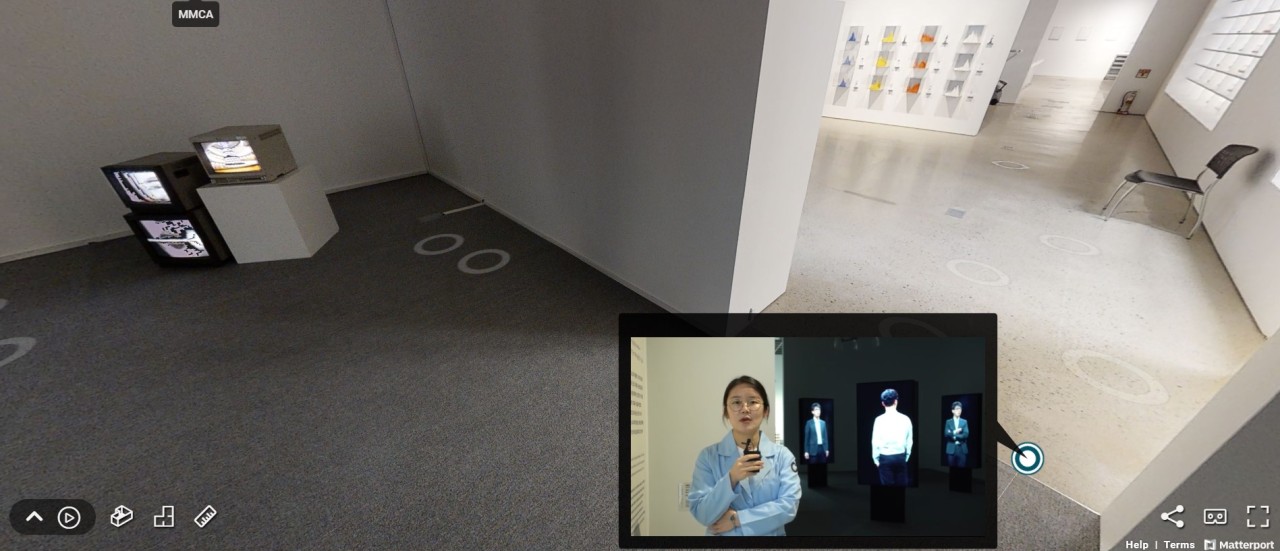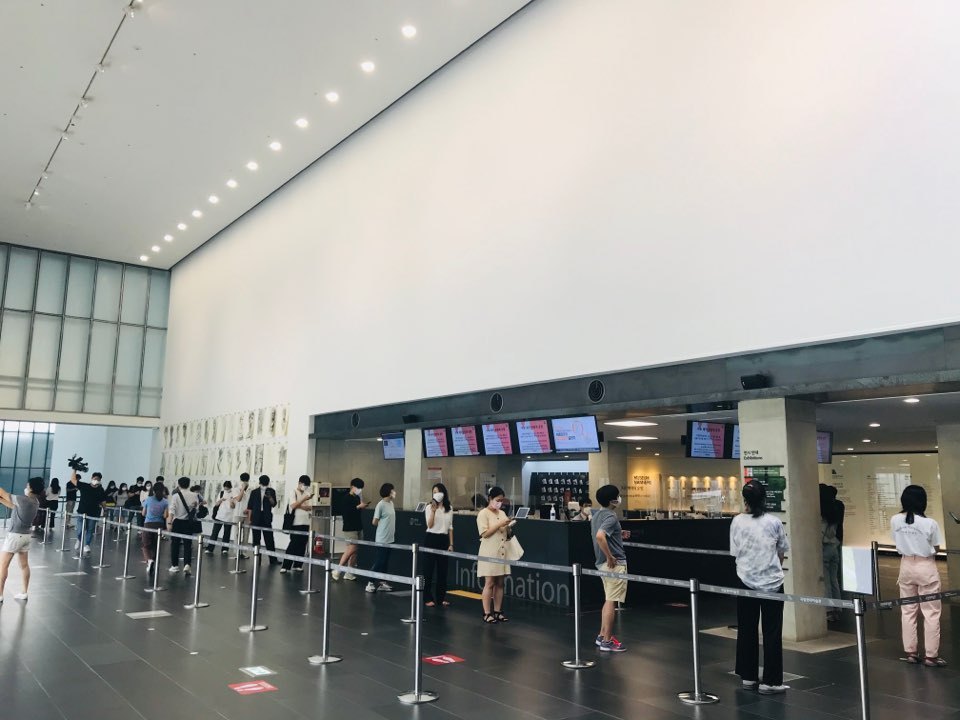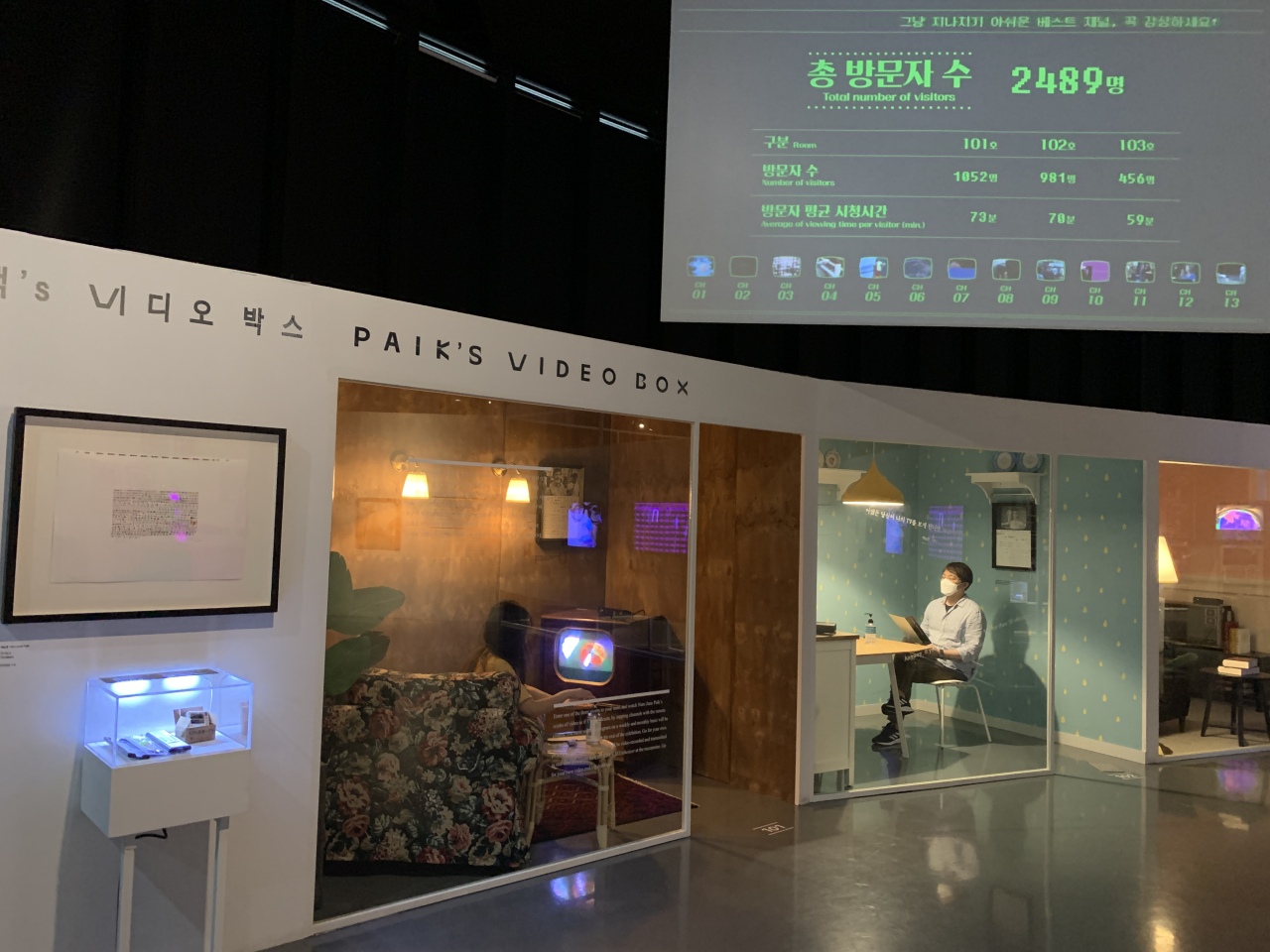[67th Anniversary Special] Pandemic changes paradigm for museums, galleries
COVID-19 accelerates changes in art institutions, spurs artists to reflect and create
By Park YunaPublished : Aug. 16, 2020 - 16:00

If you are an art lover, you might have been overwhelmed by the recent flood of online content that museums and galleries have posted on their websites or social media platforms.
As the COVID-19 pandemic hit the world, almost all museums were forced to close temporarily. Thus began their efforts to enhance online content, offering virtual exhibitions, online streaming services and online access to material from their archives about their collection and research.
“Museums, museum professionals and COVID-19,” a report by the International Council of Museums (ICOM), which analyzed some 1,600 responses from museums and museum professionals in 107 countries collected between April 7 and May 7, notes that nearly 50 percent of the respondents said that they increased or started social media activities after coronavirus-enforced closures.
Some in the art sector say that a museum’s online traffic has become a standard by which to evaluate the museum’s performance.
The National Museum of Modern and Contemporary Art, Korea, which has created more than 530 pieces of online content so far on online platforms, said the number of subscribers to its YouTube Channel has now reached 22,700, up from 9,000 early this year just before the pandemic hit. The website traffic of the Louvre Museum in Paris jumped tenfold during the pandemic, according media reports.
“The COVID-19 era has become a turning point for the art sector in terms of digital activities,” Yang Ji-yeon, a professor of curatorial studies and art management department at Dongduk Women’s University in Seoul, told The Korea Herald.
Museums need to create a system for sharing their resources online and strengthen platforms for the users, Yang added.

Turning point
In fact, discussions on how to implement online content for museums and galleries have been around since the 1990s, but the COVID-19 pandemic finally accelerated the introduction of online elements to the art industry, said Kwon Chee-yun, a professor of arts and cultural management at Hongik University.
Kwon pointed out that application of new technology in the art sector has always raised controversy. The emergence of photography is one such example, which, in fact, ultimately led to a positive impact on the art industry.
“For instance, most people around the world know the Leonardo da Vinci’s ‘Mona Lisa’ through photographs, without having visited Paris. Although it was controversial at first, the new technology attracted more people to the museum to appreciate the artwork in person,” Kwon said.
Most museums around the world were caught financially unprepared to boost online content when the pandemic hit and must now find new profit models in the changing art industry.
According to the ICOM report, nearly 60 percent of its survey respondents said the budget dedicated to digital activities accounts for up to only 1-5 percent of the total budget or that they were not sure about the their budget for digital content.

Creativity for Offline Spaces
As the online content become more prevalent, how to utilize museum and gallery spaces in the post-coronavirus era -- and the definition of museums themselves -- is a question that is being explored by the art secctor.
Independent curator Park Ji-hyung said the pandemic has brought about a crucial paradigm shift in the role of museums.
“Museums have been a place where the visitors are passively guided through artworks or installations as the museums have planned. Now we are facing the reality of having to think about the function of museums.”
Some of art entities have begun taking steps to use the offline space in creative ways.
Hakgojae Gallery in central Seoul, for example, temporarily opened a “project room” operated by Minjung artists whose artworks were on display at the exhibition, “Art and Words 2020.”
Some artists used the project room as a working studio, while some used the place as a platform to interact with audiences.
Artist Ahn Kyu-chul, who is also a professor at the Korea National University of Arts, led the project room. Ahn stressed the need to redefine the meaning of the museum in order to turn the crisis into an opportunity.
“The proposal to transform a space (of a museum or gallery), which was defined as a space for art appreciation and consumption into a space for art creation and production, may sound like an unrealistic idea,” Ahn said during the online seminar of “Roundtable: Museums in the Time of Pandemic,” hosted by the National Museum of Modern and Contemporary Art, Korea in June.
“However, the unusual situation of the pandemic is an opportunity to realize unusual ideas that we would not have imagined otherwise,” he added.
Performance artist Lee Kun-yong, one of the first generation avant-garde artists in Korea, said the pandemic has raised so many questions, including the role of museums and artists.
“Some get depressed or mad during the pandemic times. That is because what we considered as habits were forced to come to a halt,” Lee said. “But that is when our reflections began.”
“That is also the time that creative people start to show what they are capable of. That is how a new culture emerges, leading into a new phase of the world,” Lee said.
By Park Yuna (yunapark@heraldcorp.com)








![[KH Explains] How should Korea adjust its trade defenses against Chinese EVs?](http://res.heraldm.com/phpwas/restmb_idxmake.php?idx=644&simg=/content/image/2024/04/15/20240415050562_0.jpg&u=20240415144419)











![[Today’s K-pop] Stray Kids to return soon: report](http://res.heraldm.com/phpwas/restmb_idxmake.php?idx=642&simg=/content/image/2024/04/16/20240416050713_0.jpg&u=)